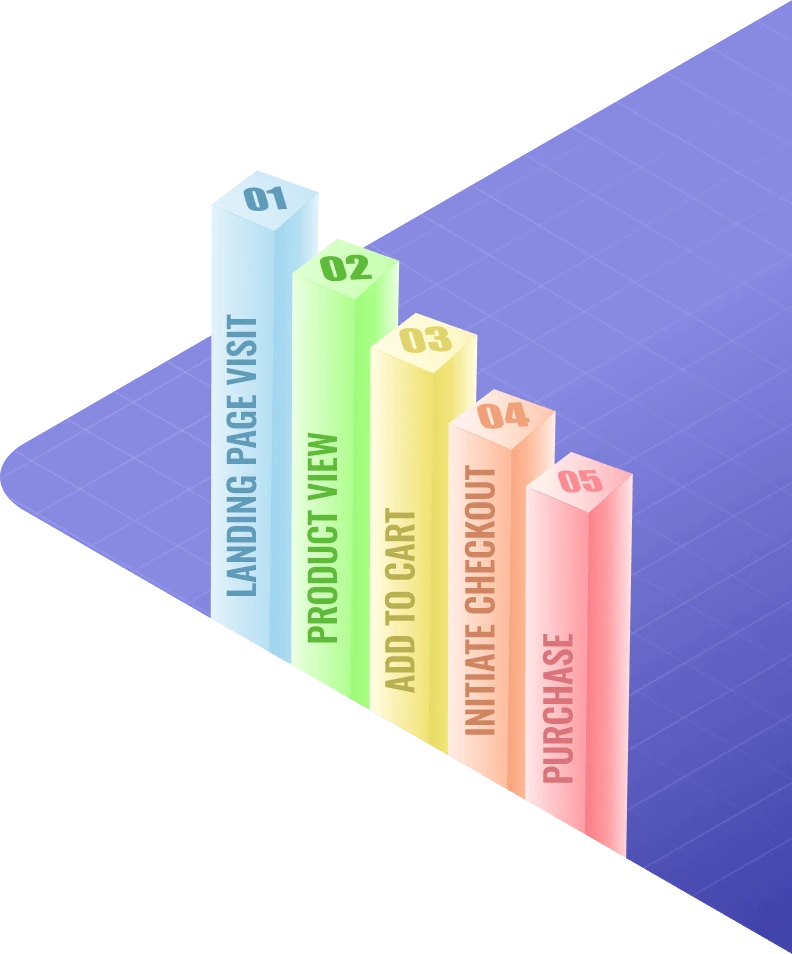There’s a difference between writing a blog post for your website and writing an SEO-friendly blog post. Writing an SEO-friendly blog post requires optimizing the content to help it rank higher in search engine results pages (SERPs). By doing this, you get more organic traffic and visibility for your website and business.
Fortunately, writing an SEO-friendly blog post isn’t as hard as it may seem. Today, we’re going to teach you how to write SEO-friendly blog posts.
Research Keywords
Before you start writing, it’s important to have an idea of the keywords you want to target with your content. Use keyword research tools like Google Keyword Planner or SEMrush to identify keywords relevant to your topic. Make sure to target keywords with the right search intent, as this will help your content rank higher in SERPs.
Create Engaging Headlines
Your headline should be interesting and engaging, yet still include your target keyword. A good way to do this is to use numbers and symbols, as well as words like “how-to” and “best.” Keep your headline short and to the point; you don’t want it to be too long or too confusing. The headline should tell prospective readers what your blog post is about, and make them curious enough to click.
Include Internal Links
Internal links are an important part of SEO because they help search engines index your website. When you are writing blog posts, make sure to include links to other pages or posts on your website because this can help direct blog readers to more content and encourage them to stay longer on your website. If you need help with this aspect, contact the best SEO services in West Palm Beach FL.
Write Useful Content
When it comes to SEO, content is king. Search engines like Google reward websites with high-quality content that is useful and relevant. Make sure you are writing content that is original and provides value. This means avoiding plagiarism, including informative information, and writing with a reader-friendly tone. Additionally, make sure you are using accurate and up-to-date information to keep your blog posts credible.
Recently, Google released the Helpful Content update, which rewards websites with content that is helpful to readers. Your blog posts should aim to answer a reader’s query, solve a problem, or provide relevant information. To make sure your content is providing value, ask yourself if it’s something you would want to share with others or something you would be excited to read.
Use Short Paragraphs
When writing blog posts, remember to break up your content into small paragraphs that are easy to read and scan becasue this will help readers follow your article more easily and make it easier to find the most important information. Use headings, bullet points where appropriate, and images to break up long paragraphs.
Always Remember the Reader
You want to perform well on search engines, but this doesn’t mean you should write exclusively for SEO bots. Your blog post needs to be written in a way that engages readers and provides optimal user experience; always think of the reader first when creating your content.
Optimize the Meta Description
Lastly, take advantage of the meta description field; this is what people will see when they find your blog post in Google’s search results. Write compelling copy that entices readers to click through and read your post, while also including some keywords to help you rank higher.
So long as you follow these tips, you know how to write an SEO-friendly blog post. Why not give it a go now? Failing that, contact an SEO service that can do it on your behalf!


